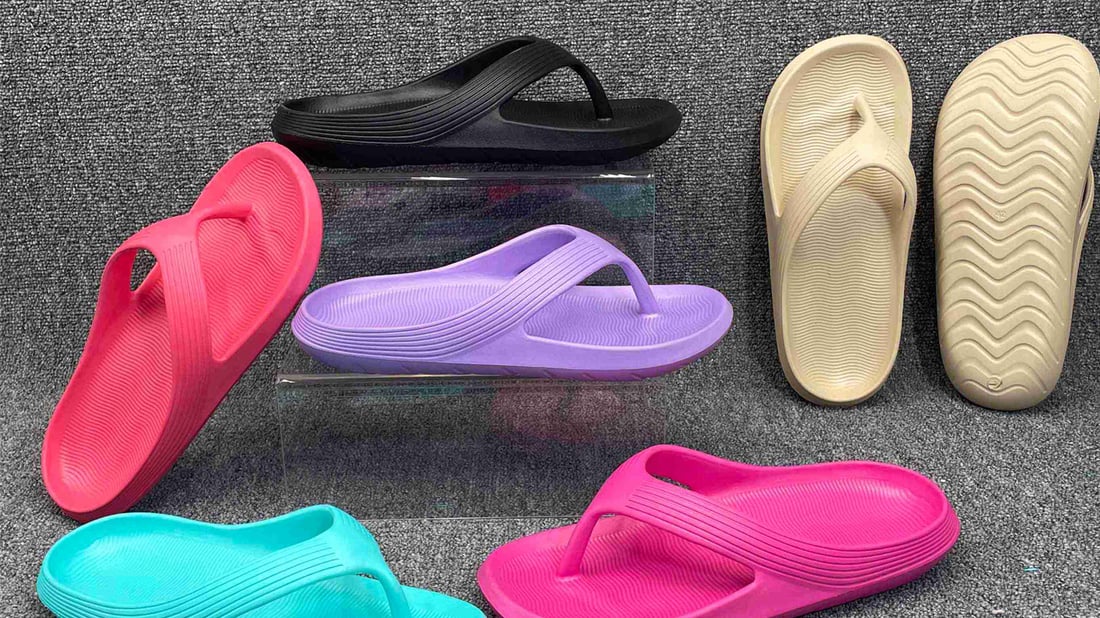The History of Flip Flops: From Ancient Origins to Modern Fashion
Flip flops, also known as thongs or jandals in certain parts of the world, are a type of footwear that has a long and fascinating history. These casual sandals are characterized by their simple design, featuring a Y-shaped strap that secures the foot between the big toe and the other toes. In this article, we will explore the various aspects of flip flops, including their origins, cultural significance, and their place in modern fashion.
The Origins of Flip Flops: Tracing Back to Ancient Civilizations
The concept of flip flops can be traced back to ancient civilizations, with evidence of similar footwear found in Egypt as early as 4,000 BC. These early versions were made from natural materials like papyrus leaves or palm tree fibers. Flip flops were also popular in ancient Greece and Rome, where they were worn by both men and women. Over time, the design and materials used in flip flops evolved, reflecting the cultural and technological advancements of different civilizations.
Flip Flops Around the World: Cultural Significance and Regional Variations
Flip flops have a rich cultural significance in many parts of the world. In some countries, they are an integral part of traditional attire, while in others, they are associated with leisure and relaxation. For example, in Japan, traditional flip flops called "zori" are worn with traditional clothing such as kimonos. In Brazil, the iconic Havaianas flip flops have become a symbol of national pride and are worn by people of all ages. Understanding the cultural significance and regional variations of flip flops provides insight into the diverse ways in which this footwear is perceived and valued.
The Advantages and Disadvantages of Flip Flops: Comfort and Practicality
Flip flops offer several advantages, making them a popular choice for many people. They are lightweight, breathable, and easy to slip on and off, making them ideal for warm weather or casual occasions. However, flip flops also have their limitations. They provide minimal arch support and may not be suitable for activities that require more stability and protection, such as sports or long walks. It is important to consider the specific needs and activities of the wearer when deciding whether flip flops are the right choice.
Flip Flops in Fashion: From Beachwear to Runway
While flip flops were traditionally associated with beachwear and casual attire, they have increasingly made their way into the world of high fashion. Designers have embraced the versatility of flip flops, incorporating them into their runway collections and pairing them with stylish ensembles. This fusion of comfort and style has elevated flip flops to new heights, making them a trendy and fashionable footwear option for both men and women.
Choosing the Right Flip Flops: Materials, Styles, and Features
When it comes to choosing the right flip flops, there are several factors to consider. The materials used can vary, ranging from rubber and foam to leather and even eco-friendly options. Different styles, such as thong or slide-on flip flops, offer different levels of support and comfort. Additional features like cushioned soles or adjustable straps can further enhance the overall fit and feel of the flip flops. Understanding these options will help individuals find the perfect pair that suits their specific needs and preferences.
Proper Care and Maintenance of Flip Flops: Prolonging their Lifespan
To ensure the longevity of flip flops, proper care and maintenance are essential. Regular cleaning, especially after exposure to sand or water, can prevent the build-up of dirt and bacteria. Depending on the material, flip flops may require specific cleaning methods. Additionally, storing flip flops in a cool and dry place when not in use can help prevent damage and deformation. By following these simple maintenance practices, individuals can enjoy their flip flops for an extended period.
Flip Flops for Every Occasion: Versatility and Functionality
One of the key advantages of flip flops is their versatility and functionality. While they are often associated with casual or beachwear, there are flip flop designs that cater to various occasions. From dressier options for summer parties to rugged and water-resistant flip flops for outdoor activities, there is a flip flop for every occasion. This adaptability makes flip flops a popular choice for those seeking comfortable and practical footwear that can be worn in a variety of settings.
The Environmental Impact of Flip Flops: Sustainable Alternatives
As with any consumer product, it is important to consider the environmental impact of flip flops. The production and disposal of conventional flip flops can contribute to pollution and waste. However, there are sustainable alternatives available, such as flip flops made from recycled materials or biodegradable options. By choosing eco-friendly flip flops, individuals can reduce their carbon footprint and contribute to a more sustainable future.
Conclusion: Embracing the Comfort and Style of Flip Flops
Flip flops have come a long way since their ancient origins, evolving into a versatile and fashionable footwear choice. Whether you prefer them for their comfort, practicality, or style, flip flops have become an integral part of many people's wardrobes. By understanding the history, cultural significance, and various aspects of flip flops, we can fully appreciate the impact and appeal of this iconic footwear.

